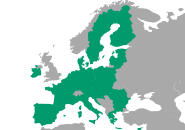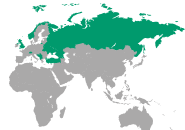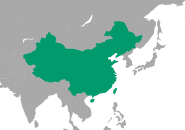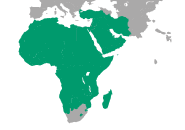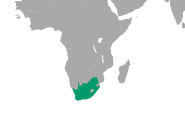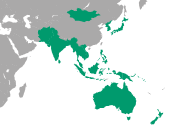Seafood Imports: A Growing Dependence for France
Despite efforts to boost local production, France continues to heavily rely on seafood imports to meet domestic consumption needs. Approximately 66% of the seafood consumed in France is imported. This dependency has steadily increased over the years, as consumer demand has risen and supply chains have globalized.
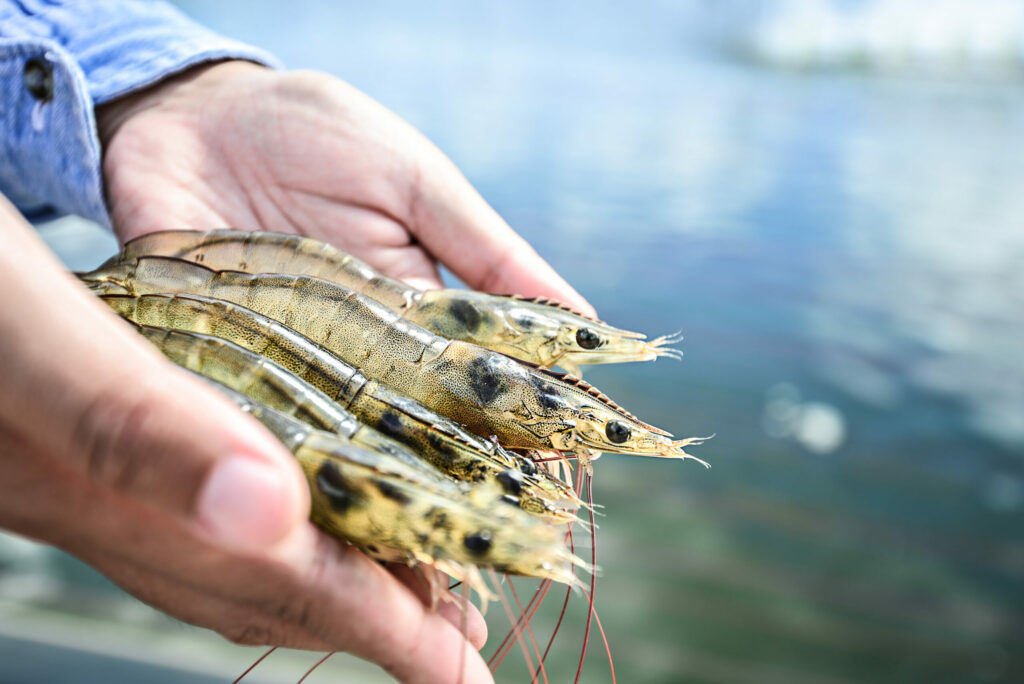
Key Species in France’s Seafood Imports
Several seafood species dominate France’s import statistics:
- Salmon: A favorite among French consumers, with an average annual consumption of 4.2 kilograms per person. Most imported salmon comes from aquaculture farms in Norway and Chile.
- Prawns and shrimp: Extremely popular across France, primarily sourced from Southeast Asia and Latin America.
- Cod and tuna: Both species are extensively fished in the North Atlantic and Pacific oceans and often processed into ready-to-eat products.
These species reflect both consumer preferences and the limitations of local ecosystems to supply these products sustainably.
Focus on Shrimp: Trends in France’s Seafood Imports
Shrimp, in particular, has been a major import for France. However, recent trends show a decline:
- In 2022, France imported 114,256 tonnes of shrimp, valued at $924.8 million.
- In 2023, shrimp imports dropped to 111,128 tonnes (-3%), worth $770.3 million (-17%).
- In 2024, the decline continued with 106,885 tonnes imported (-4%) for $724.6 million (-6%).
Where do these shrimp come from?
- Ecuador leads as France’s top shrimp supplier, accounting for 43% of imports in 2024.
- Venezuela follows, providing around 17% of the market share.
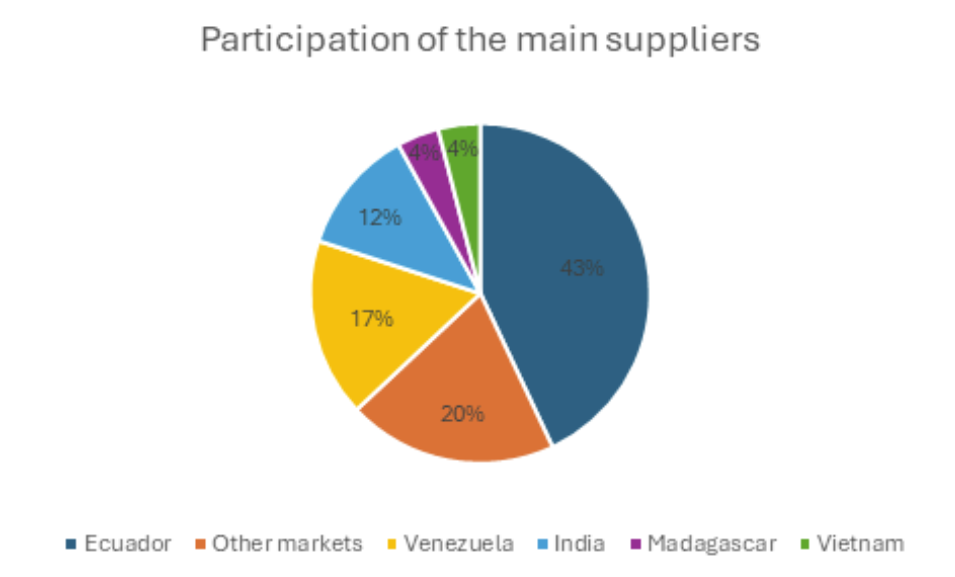
This shift reflects changes in global production, trade agreements, and evolving consumer tastes favoring sustainable sourcing.
Why is France so dependent on seafood imports?
Several reasons underpin France’s heavy reliance on seafood imports:
- Consumer preferences: Certain species in high demand, such as tropical shrimp or farmed salmon, are not widely available in French waters.
- Convenience: Many imported products are already processed (filleted, frozen, ready-to-cook), offering practical advantages for businesses and consumers.
- Environmental regulation: Stricter fishing quotas and sustainability initiatives in French waters have reduced domestic catches, making imports essential to fill the gap.
Thus, while France has a strong fishing heritage and a growing aquaculture sector, these factors combine to maintain a high level of seafood imports.
France’s place in the global seafood imports market
Global seafood production is dominated by a few leading countries. China holds the top position thanks to its vast coastline and efficient aquaculture systems, followed by Indonesia and India, both specializing in diverse species, including shrimp. Nations like Norway, Chile, and the United States also significantly contribute to the international seafood trade.
How does France compare to other seafood-importing countries?
Compared to these giants, France, despite its modern infrastructure, remains a secondary player heavily reliant on imports to satisfy domestic demand.
There are plenty of challenges in aquaculture, so don’t hesitate to check out the challenges for fish and shrimp production on our website!
To find out more about seafood products consumption in France, read our article on the subject.

